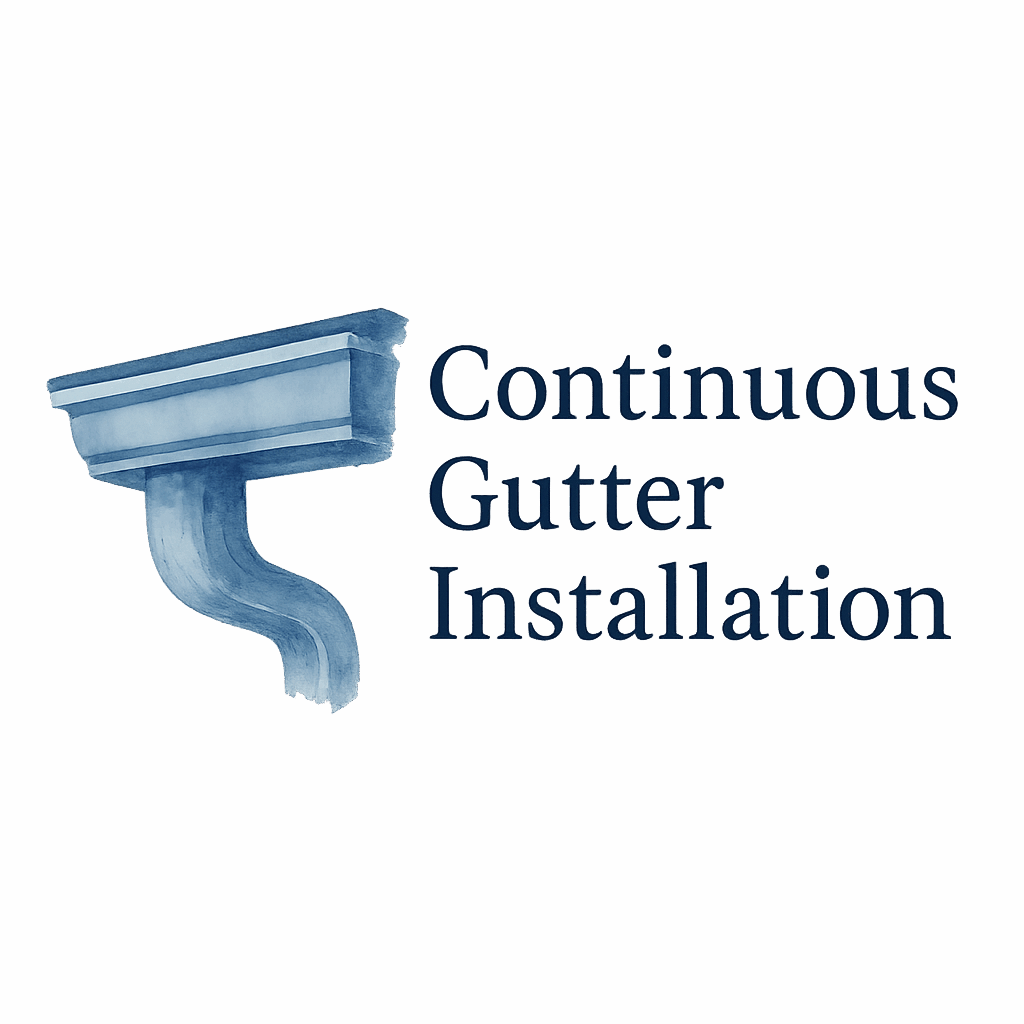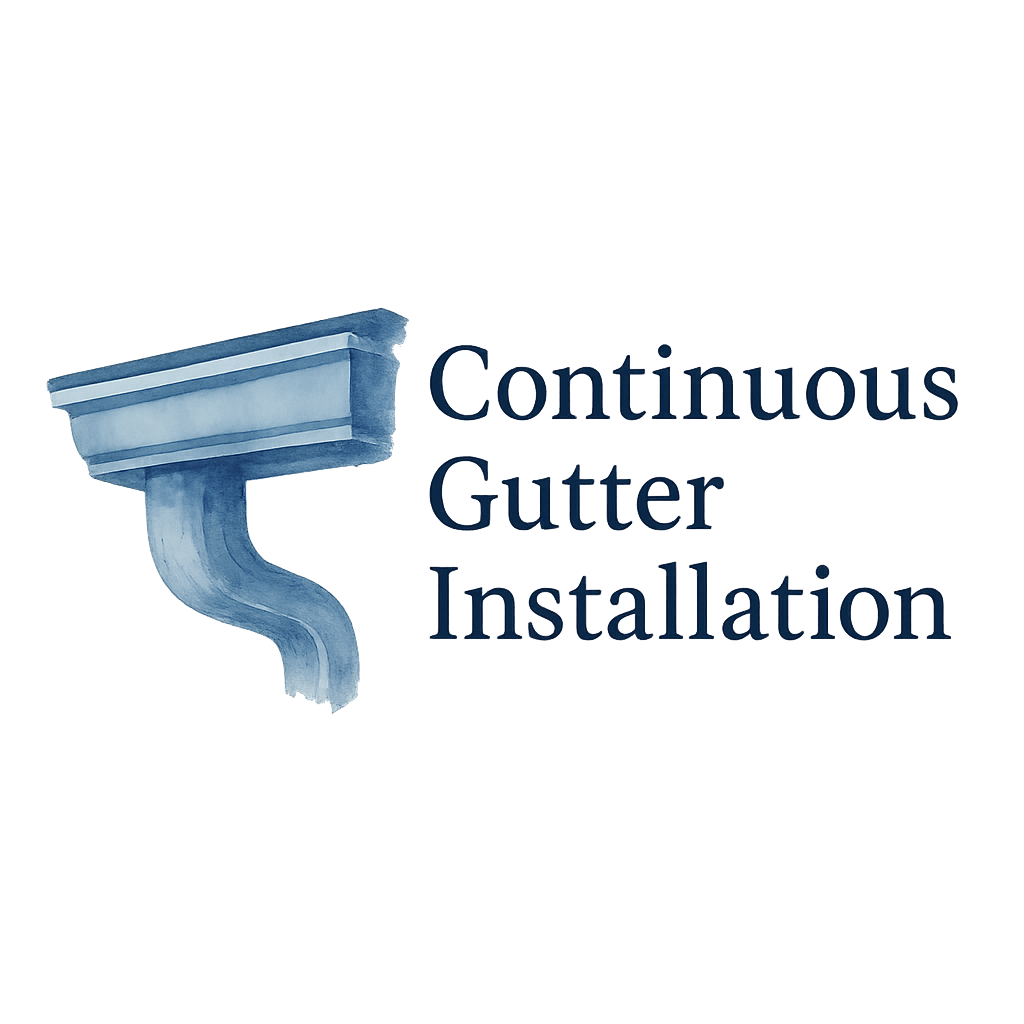Introduction to Continuous Gutter Installation
Thinking of installing continuous gutters at home? Great choice! Continuous, or seamless, gutters are popular because they look sleek, reduce leaks, and protect your home’s foundation from water damage. But here’s the catch—without the right tools, even the best materials won’t save you from a headache-filled project. That’s why today, we’re diving into the 7 tools you need for continuous gutter installation at home.
Before we start, remember you can explore more insights on gutter installation basics to get a broader overview.
Why the Right Tools Matter for Gutter Installation
Imagine trying to bake a cake without a mixing bowl—it’s messy and frustrating. The same logic applies to gutters. You might save a few bucks skipping tools, but you’ll pay more in wasted materials, crooked lines, and leaks later.
The tools we’ll cover not only make the job easier, they also guarantee your gutters are durable, well-aligned, and built to last.
Tool #1: Measuring Tape for Accurate Sizing
A measuring tape is the foundation of your gutter project. Without precise measurements, your gutters won’t fit properly, leading to sagging or overflow issues.
How to Use a Measuring Tape Effectively
Start by measuring the length of your roofline where the gutter will sit. Don’t forget to measure downspouts separately. Always double-check your measurements—it takes seconds but saves hours of corrections.
Common Mistakes When Measuring Gutters
One common mistake? Forgetting to factor in slope. Gutters should angle slightly (about ¼ inch for every 10 feet) toward the downspout for smooth water flow. Skip this step, and you’ll have stagnant water sitting in your gutters.
Tool #2: Chalk Line for Perfect Alignment
Once you’ve measured, you’ll need a chalk line to mark a perfectly straight guideline for your gutter installation.
Why Straight Lines Matter in Gutter Installation
A gutter that doesn’t run straight will look sloppy and may not function properly. Rainwater could spill over the edge or collect in certain areas, leading to damage.
Tips for Using a Chalk Line Like a Pro
Snap the chalk line along the fascia board where the gutter will be mounted. Use brightly colored chalk for visibility, and always check your slope before marking the line.
Tool #3: Power Drill and Attachments
A power drill is your best friend during continuous gutter installation. It makes attaching hangers, brackets, and downspouts quick and efficient.
Choosing the Right Drill Bit for Gutters
Use self-tapping screws with the correct drill bit to avoid stripping. Stainless steel or coated screws are ideal because they resist rust.
Safety Tips When Drilling Into Fascia Boards
Always wear protective eyewear. Start slow to prevent cracking the fascia board, and double-check your chalk line before drilling holes.

Tool #4: Tin Snips for Cutting Gutter Sections
Even though continuous gutters minimize seams, you’ll still need tin snips for trimming sections, corners, or downspouts.
Benefits of Using Tin Snips Over Other Tools
Tin snips give you precise control. Unlike saws, they leave smooth edges and reduce the risk of damaging gutter coatings.
How to Get Smooth and Clean Cuts
Mark the cut clearly, use firm but steady pressure, and avoid twisting the snips. Wearing gloves helps protect your hands from sharp edges.
Tool #5: Ladder and Safety Accessories
No gutter project can be done without a sturdy ladder. Since you’ll spend hours climbing up and down, invest in a high-quality ladder with stabilizers.
Ladder Safety Rules You Can’t Ignore
- Always set your ladder on level ground.
- Follow the “3-point contact” rule (two hands and one foot, or two feet and one hand).
- Never overreach—move the ladder instead.
The Role of Stabilizers and Safety Harnesses
Stabilizers prevent the ladder from damaging your gutters, while a harness is an extra layer of safety if you’re working on a multi-story home.
Tool #6: Gutter Machine for Seamless Sections
The star of continuous gutter installation is the gutter machine. This tool forms long, seamless pieces of gutter right on-site.
How Gutter Machines Work
The machine feeds a flat coil of metal, usually aluminum, and rolls it into the shape of your chosen gutter style. This creates a custom-fit, leak-resistant gutter.
Renting vs Buying a Gutter Machine
Buying one can cost thousands of dollars, so renting is usually the smarter choice for homeowners. Professionals often own their machines, which is one reason hiring them can be more efficient.
Tool #7: Caulking Gun and Sealant
Even seamless gutters need occasional sealing—especially around end caps, corners, or downspout connections.
Choosing the Right Sealant for Gutters
Use a high-quality, waterproof, and UV-resistant sealant. Silicone-based sealants are durable and perfect for outdoor use.
Step-by-Step Guide to Sealing Joints
- Clean the area thoroughly.
- Apply an even bead of sealant with the caulking gun.
- Smooth it out with a gloved finger for a tight seal.
Bonus Tools That Make Gutter Installation Easier
Aside from the essentials, these bonus tools will make your job faster and safer:
Rivet Gun
Perfect for securing downspout elbows and extensions.
Work Gloves
Protect your hands from sharp metal edges.
Carpenter’s Level
Ensures your gutters have the proper slope for drainage.
Step-by-Step Process of Installing Continuous Gutters
Here’s a quick overview of how the tools come together:
- Measure your roofline with a tape.
- Mark slope lines using chalk.
- Cut sections with tin snips.
- Use the gutter machine to form seamless pieces.
- Secure with a power drill.
- Seal joints with a caulking gun.
- Test water flow.
For a deeper dive, check out continuous gutter installation.
Common Mistakes to Avoid During Gutter Installation
- Forgetting the slope.
- Using the wrong screws.
- Skipping safety gear.
- Not sealing joints properly.
Want more guidance? Visit gutter warning signs.
DIY vs Professional Continuous Gutter Installation
DIY installation saves money but requires time, patience, and the right tools. Professionals, however, bring expertise and specialized machines. If you’re short on time, consider professional help.
Gutter Maintenance After Installation
Even with seamless gutters, maintenance is key. Regular cleaning, inspections, and adding gutter protection systems can extend your gutter’s lifespan.
Explore gutter maintenance care for detailed tips.
Cost Considerations for Tools and Installation
Tools add to your budget, but many are reusable. A rented gutter machine is often the largest cost. Compare costs using this gutter cost budgeting guide.
Final Thoughts on Gutter Installation Tools
The right tools make all the difference. From measuring tape to caulking gun, each tool ensures your gutters are installed correctly, safely, and efficiently.
Conclusion
Installing continuous gutters at home can feel intimidating, but with the right set of tools, it’s absolutely manageable. Think of these tools as your personal toolkit for protecting your home from water damage. Whether you go DIY or call in the pros, knowing what’s involved gives you an edge.
FAQs
1. Can I install continuous gutters without a gutter machine?
Not really. A gutter machine is essential for forming seamless sections, though you can rent one instead of buying.
2. How much slope do continuous gutters need?
About ¼ inch for every 10 feet toward the downspout.
3. Are tin snips safe for beginners?
Yes, as long as you wear gloves and cut slowly to avoid jagged edges.
4. Do I need to seal seamless gutters?
Yes, especially around joints, corners, and downspouts.
5. What’s the biggest mistake DIYers make?
Incorrect slope and forgetting to use safety gear.
6. How often should I clean gutters after installation?
At least twice a year, or more if you live near trees. Explore gutter cleaning tips for details.
7. Is it worth hiring a pro instead of DIY?
If you lack time, tools, or experience, hiring a professional can save you stress and ensure durability.


